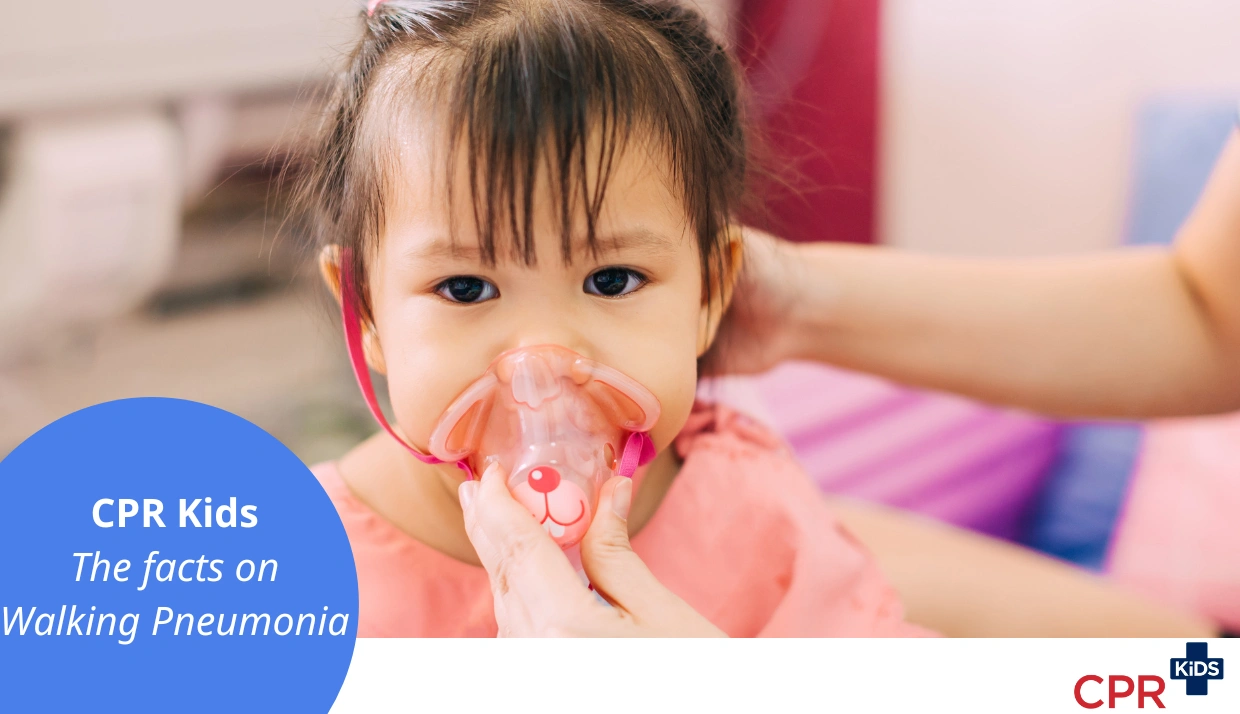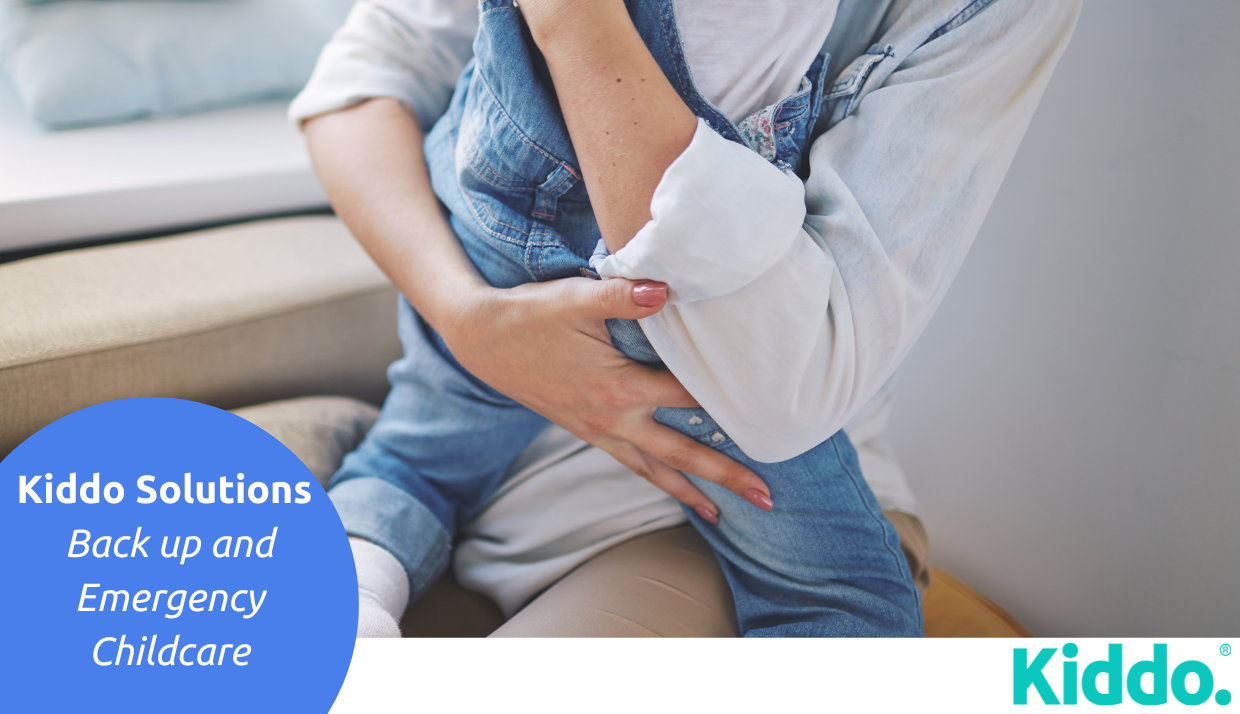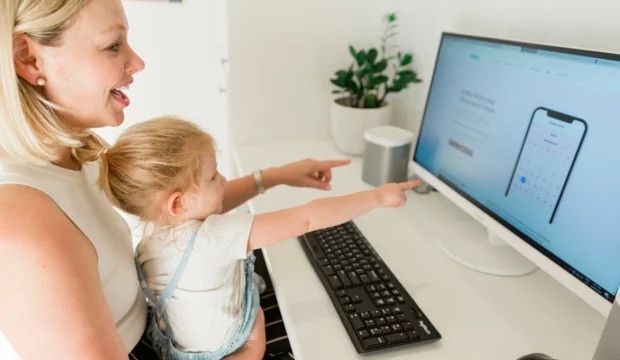The Facts on Mycoplasma Pneumonia (‘Walking Pneumonia’)
Mycoplasma infections, particularly in children aged 5 to 16, have increased across Australia recently. So, let’s break down the facts on Mycoplasma Pneumonia.
It is important to note that an increase in Mycoplasma Pneumonia circulation usually peaks every 3-7 years as population immunity wanes; this is nothing new.
What is Mycoplasma Pneumonia?
Mycoplasma Pneumonia is caused by Mycoplasma pneumoniae - a type of bacteria with no cell wall that generally causes mild, widespread pneumonia affecting all age groups. People with Mycoplasma Pneumonia may appear well and go about their day usually, unknowingly potentially spreading their illness; hence the term ‘walking pneumonia’!
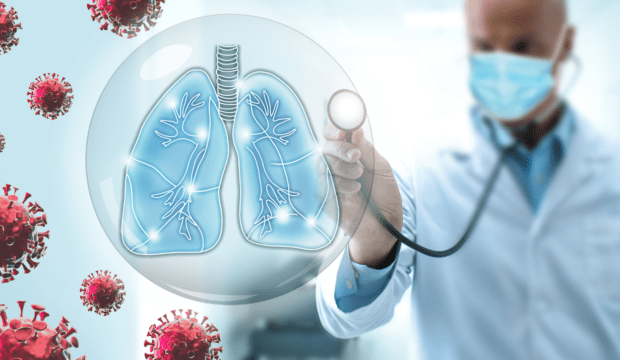
What are the Symptoms?
The symptoms of this kind of pneumonia differ from other types and generally develop over 1 to 3 weeks. They include:
- Fever
- Dry cough (these are usually the first to develop)
- Headache
- Chills
- Heavy sweating
- Scratchy and sore throat
- Sore trachea
- Sore chest
- Malaise (feeling of being unwell)
Mycoplasma Pneumonia usually resolves without severe complications, although they may occur. Cough and weakness may persist for more than one month.
How is it Spread?
Mycoplasma Pneumonia is spread when an infected person talks, coughs, or sneezes tiny droplets containing infectious agents into the air. Those nearby may breathe in the droplets. Infection may also spread through contact with hands, tissues, and other articles soiled by infected nose and throat discharges. Direct contact with an infected person can also spread the infection.
How Can We Prevent It from Spreading?
No vaccine is currently available for Mycoplasma Pneumonia. However, you can reduce the risk of spreading it by:
- Covering your mouth or nose with a tissue or your arm when you cough or sneeze, not your hand.
- Disposing of used tissues immediately into a rubbish bin, then washing your hands.
- Following good hand hygiene practices.
Prevention is vital, especially for at-risk groups such as young children who have not been exposed before (mainly due to lockdowns), people older than 70, and those who are immunocompromised or have other respiratory illnesses.
What Should I Do if I Think My Child Has It?
If your child shows symptoms of Mycoplasma Pneumonia, take them to the GP. Seek medical attention if symptoms worsen or if you are concerned for any reason. A nose and throat swab PCR can help detect atypical bacteria, including mycoplasma. If diagnosed, a GP may prescribe antibiotics and decide how to escalate care if necessary.
Key Takeaway
This information isn't necessarily to give you the tools to diagnose your child yourself but to recognize the symptoms and advocate for your little one if needed! Always trust your gut—you know your child better than anyone.
🚨 And remember, no matter what the cause, if your child is having difficulty breathing - call 000.
Know how to respond to an emergency involving your child. Book a baby and child CPR and first Aid class today - and don’t forget to use the ‘KIDDO10’ code at checkout for a 10% discount!
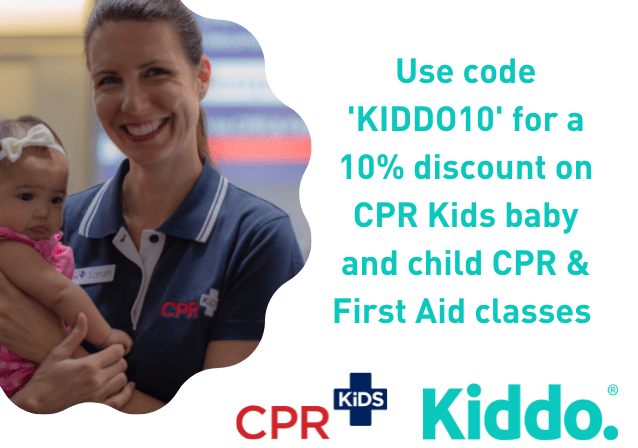
For more insights on parenting and caring for children, you can also check out Kiddo's other articles including 'What to do when first hiring a Nanny or Babysitter', 'Managing Childcare and Guilt during the school holidays'.
